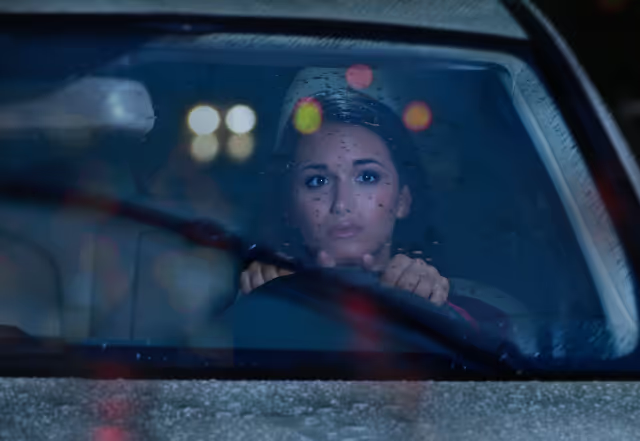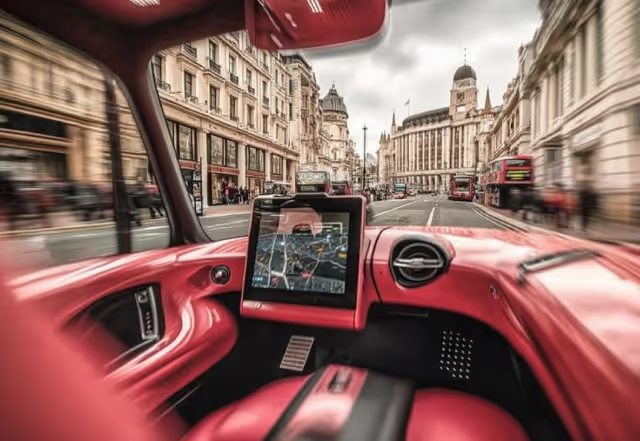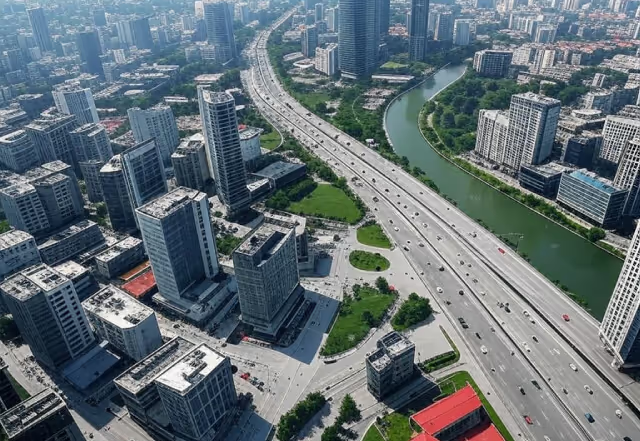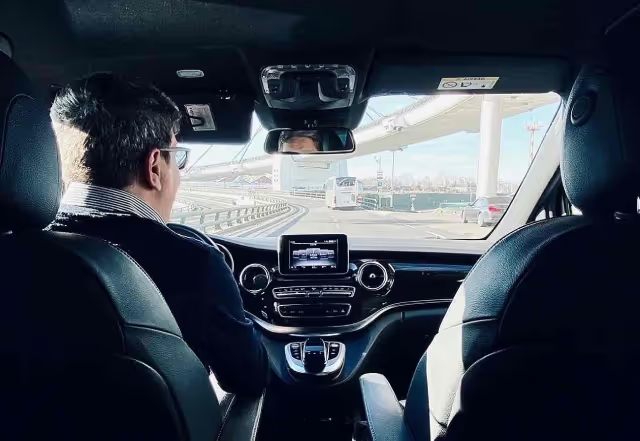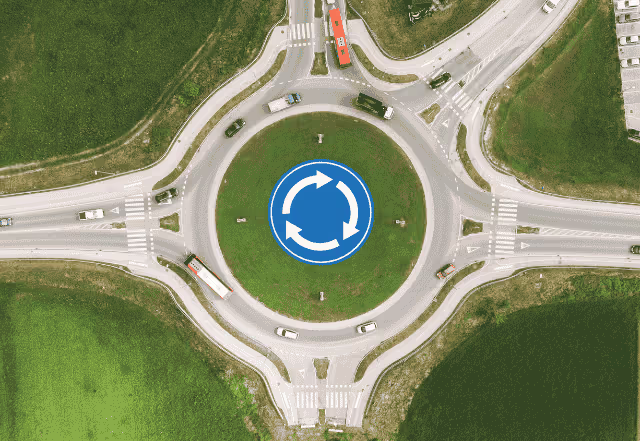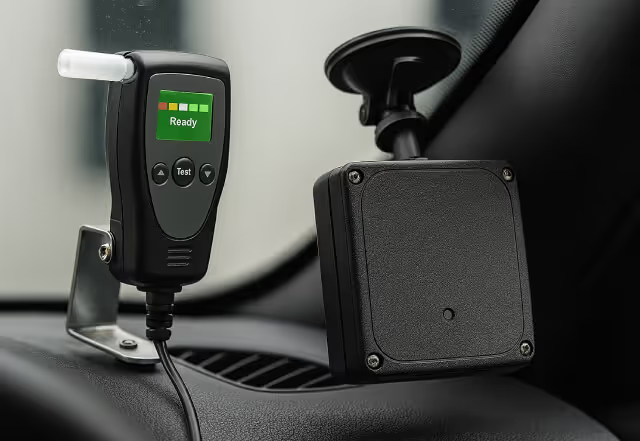Driving at night can feel like an entirely different challenge compared to daytime driving. The combination of darkness, reduced visibility, and a natural tendency toward fatigue makes night-time driving a skill that requires its own set of strategies and precautions. However, with the right mindset and preparation, driving after dark doesn’t have to be daunting. Here’s an in-depth guide to mastering night-time driving, filled with practical advice and tips from seasoned drivers to help you stay safe on the road.
Understanding the Challenges of Night-Time Driving
Driving after dark introduces several unique challenges that can catch even experienced drivers off guard. Recognizing these challenges is the first step to adapting your driving habits for safer night-time journeys.
-
Reduced Visibility: One of the most immediate and noticeable differences when driving at night is how limited your vision becomes. Your view is restricted to what your headlights can illuminate, which often means spotting hazards, pedestrians, or animals late. A seasoned driver shared, “It’s like your world shrinks down to a tunnel of light, and everything outside of that tunnel can be a potential surprise.” Ensuring your headlights are clean and properly aimed can make a significant difference in how well you can see—and be seen.
-
Glare from Oncoming Traffic: Glare from the headlights of oncoming vehicles can be blinding, especially on narrow or poorly lit roads. Many drivers find it helpful to focus on the right edge of their lane to avoid direct glare, using it as a guide to stay on track without staring directly into the bright lights. Additionally, keeping your windshield clean, both inside and out, can reduce the diffusion of light and lessen glare significantly.
-
Increased Fatigue and Drowsiness: Our bodies are naturally programmed to wind down as night falls, which can lead to drowsiness behind the wheel. A common observation among drivers is that the rhythmic hum of the road and the lack of stimulating visuals can make staying awake harder than expected. It’s crucial to recognize the signs of fatigue early—such as frequent yawning, heavy eyelids, or drifting thoughts—and take proactive steps like pulling over for a rest or swapping drivers.
-
More Impaired Drivers: Statistically, there is a higher likelihood of encountering impaired drivers at night, particularly on weekends. Being extra vigilant, especially near bars, nightlife areas, or after major events, can help you anticipate and avoid erratic driving behaviors from others on the road.
Tips for Safe Night-Time Driving
While the challenges of night-time driving are real, there are several practical strategies you can adopt to enhance your safety and confidence when driving after dark.
1. Prioritize Cleanliness: Windshield and Headlights
Visibility is your best defense against the risks of night driving, and keeping your windshield and headlights clean is a simple yet effective way to improve it. Smudges, dirt, and streaks on your windshield can exacerbate glare and make it much harder to see, while dirty headlights can significantly reduce the distance you can see ahead. Drivers often overlook how much of a difference a clean windshield makes until they experience it—one driver noted, “After wiping down my windshield, it felt like someone turned on an extra set of lights.”
2. Adjust Your Speed to Your Visibility
Speed is a critical factor in driving safely at night. Since you can only see as far as your headlights allow, it’s important to drive at a speed that lets you stop safely within that distance. This is particularly important on winding roads or in areas where wildlife might be present. Slowing down gives you more time to react to unexpected obstacles and can prevent accidents in situations where a split second makes all the difference.
3. Use High Beams Wisely
High beams are invaluable on dark, empty roads, but they should be used thoughtfully. They provide greater visibility but can blind other drivers if not used correctly. As a rule of thumb, switch to low beams when you’re within 500 feet of an oncoming vehicle or following another car. Many experienced drivers have learned that properly using high beams isn’t just about maximizing your view—it’s also about ensuring you’re not compromising the safety of others on the road.
4. Stay Alert and Aware of Your Surroundings
Staying vigilant is even more important at night when the unexpected can happen in an instant. Whether it’s a deer darting across a rural road or a pedestrian crossing in an area without streetlights, being aware of your surroundings and scanning your mirrors frequently can give you the crucial seconds needed to react appropriately. A long-time driver shared, “I always remind myself to look out for those subtle changes—like a shadow moving or a glint of light reflecting off an animal’s eyes.”
5. Combat Fatigue: Stay Fresh and Focused
Fatigue is a leading cause of accidents during night-time driving. To combat this, plan your route with scheduled breaks, especially if it’s a long drive. Caffeine can help in the short term, but it’s not a replacement for proper rest. Simple strategies like rolling down the window for fresh air, engaging in conversations with passengers, or listening to upbeat music can also help keep your mind alert. A driver once said, “I keep snacks handy—not just for hunger, but the act of eating something crunchy keeps me more awake.”
6. Leverage Modern Car Technologies
Modern vehicles often come equipped with technologies that can significantly assist with night driving. Adaptive headlights, lane-keeping assist, and driver alertness monitors are just a few examples of features that can enhance safety. However, while these technologies are helpful, they are not substitutes for attentive driving. Knowing how to use these tools properly and integrating them into your driving habits can offer added layers of security.
7. Familiarize Yourself with the Route
Driving on unfamiliar roads at night can be particularly challenging. If possible, review your route ahead of time or use a GPS system to guide you. Knowing what to expect—whether it’s a sharp turn, a narrow bridge, or an area known for wildlife crossings—can prepare you mentally and help reduce surprises. As one experienced driver advised, “I always take a quick look at the map before setting off, especially on roads I’ve never driven at night. It just gives me a bit of a mental roadmap.”
Building Confidence with Night-Time Driving
Like any other driving skill, getting comfortable with night-time driving takes practice and patience. Start with shorter trips in well-lit areas and gradually extend your drives as you build confidence. Avoid driving alone at night until you feel completely comfortable, and don’t hesitate to ask for feedback or advice from more experienced drivers you trust. Remember, every drive is an opportunity to improve your skills and grow more accustomed to the unique conditions of night driving.
One seasoned driver shared this piece of wisdom: “I used to avoid night driving because it felt too stressful, but I started with familiar routes and slowly expanded my comfort zone. Now, I actually enjoy the calm and quiet of the roads at night.”
Conclusion: Embrace the Night
Night-time driving doesn’t have to be something to fear. With awareness, preparation, and the right mindset, you can make driving after dark a smooth and stress-free experience. The key is to stay alert, adjust your driving to suit the conditions, and use all available tools to enhance your visibility and reaction time.
Next time you find yourself behind the wheel after sunset, take a deep breath, focus on the road, and remember these tips. With each night-time drive, you’ll gain more confidence and become a safer, more skilled driver in any lighting conditions. Or maybe you become a Ninja.
